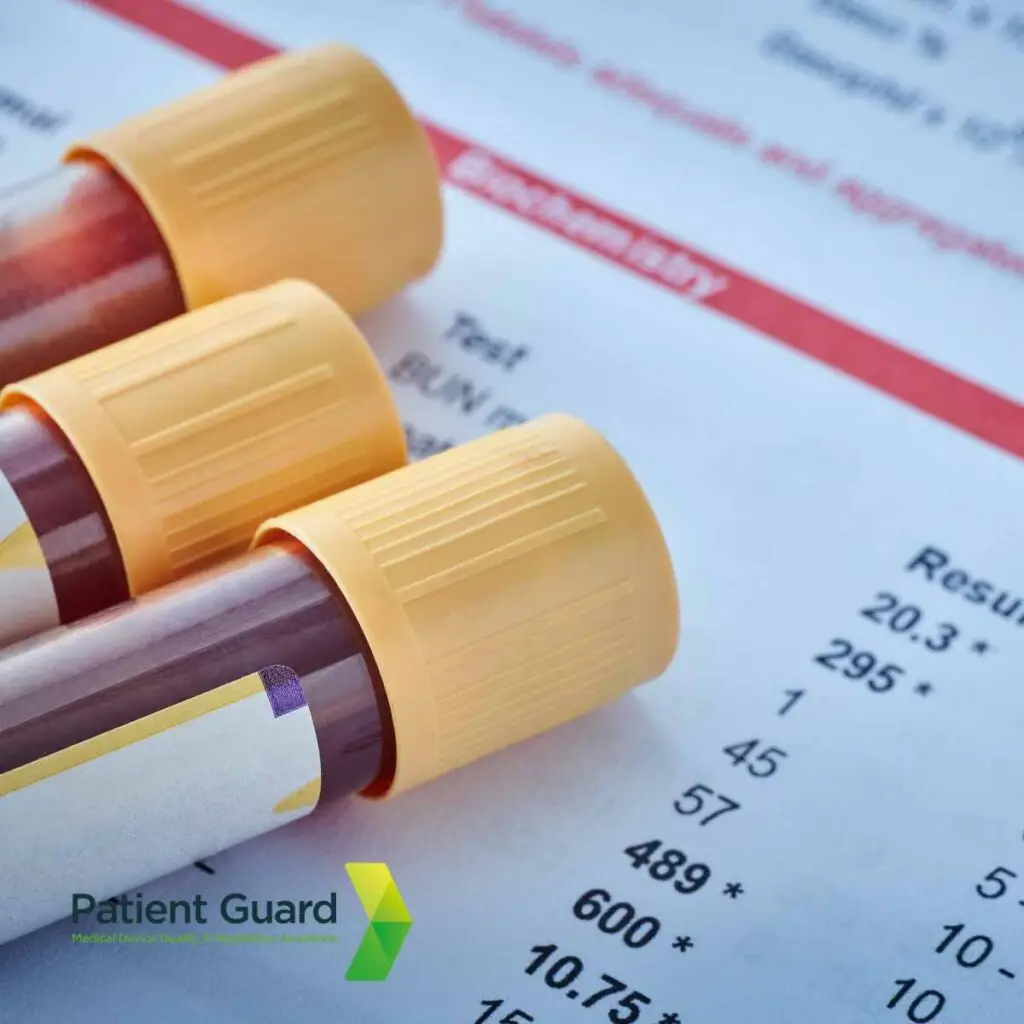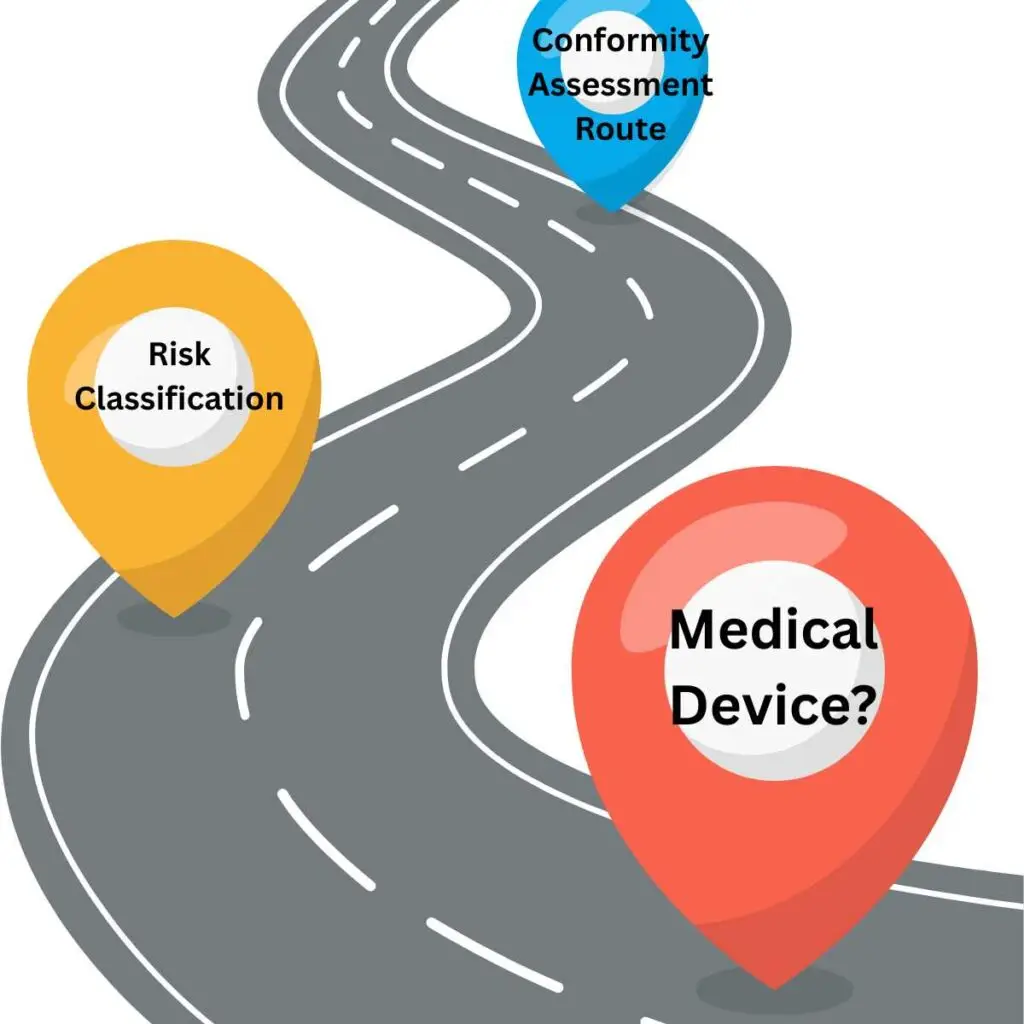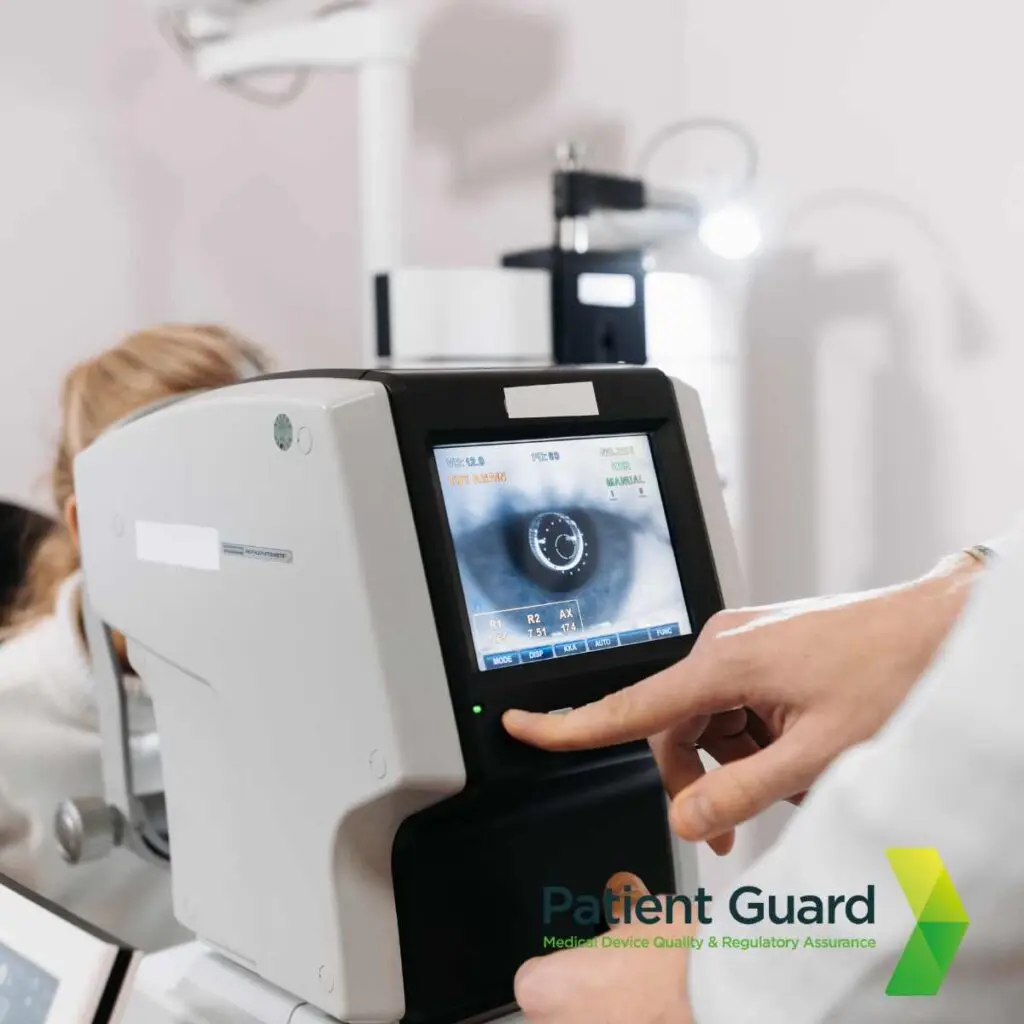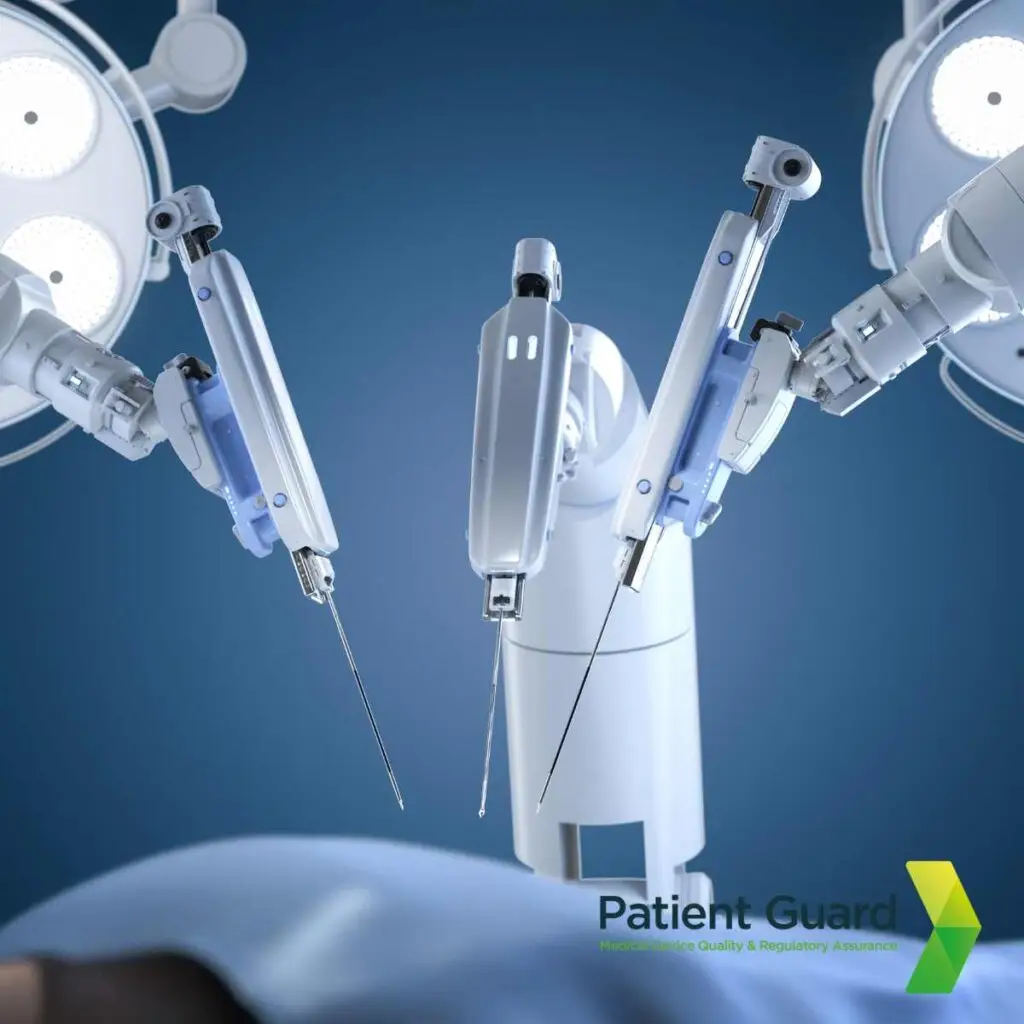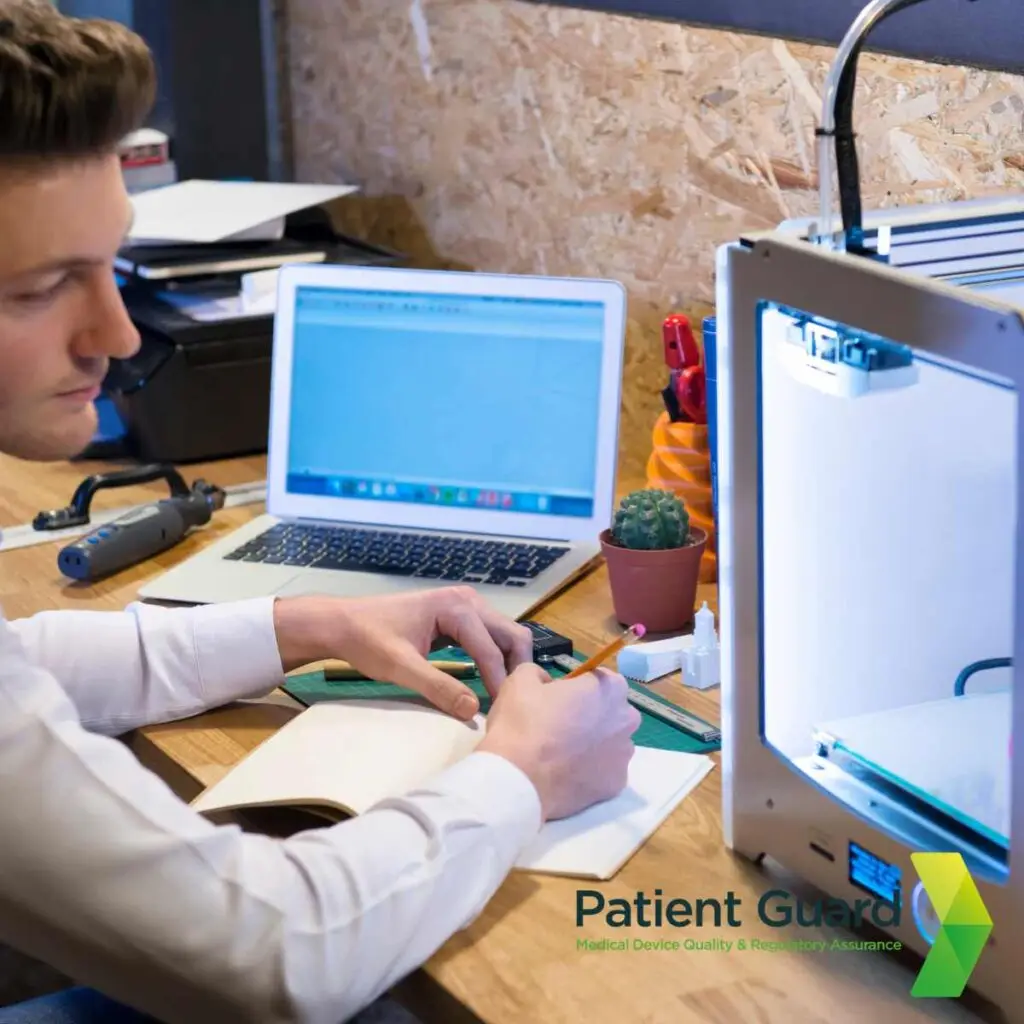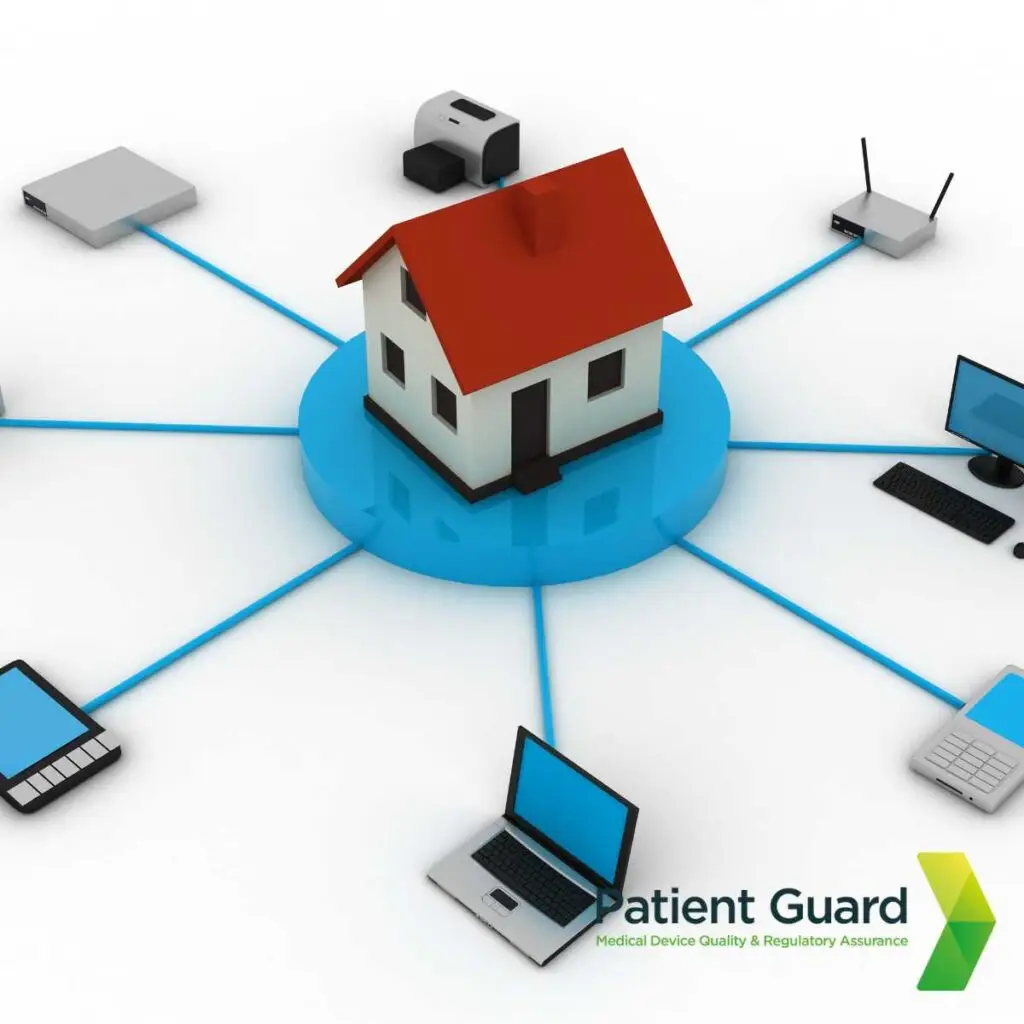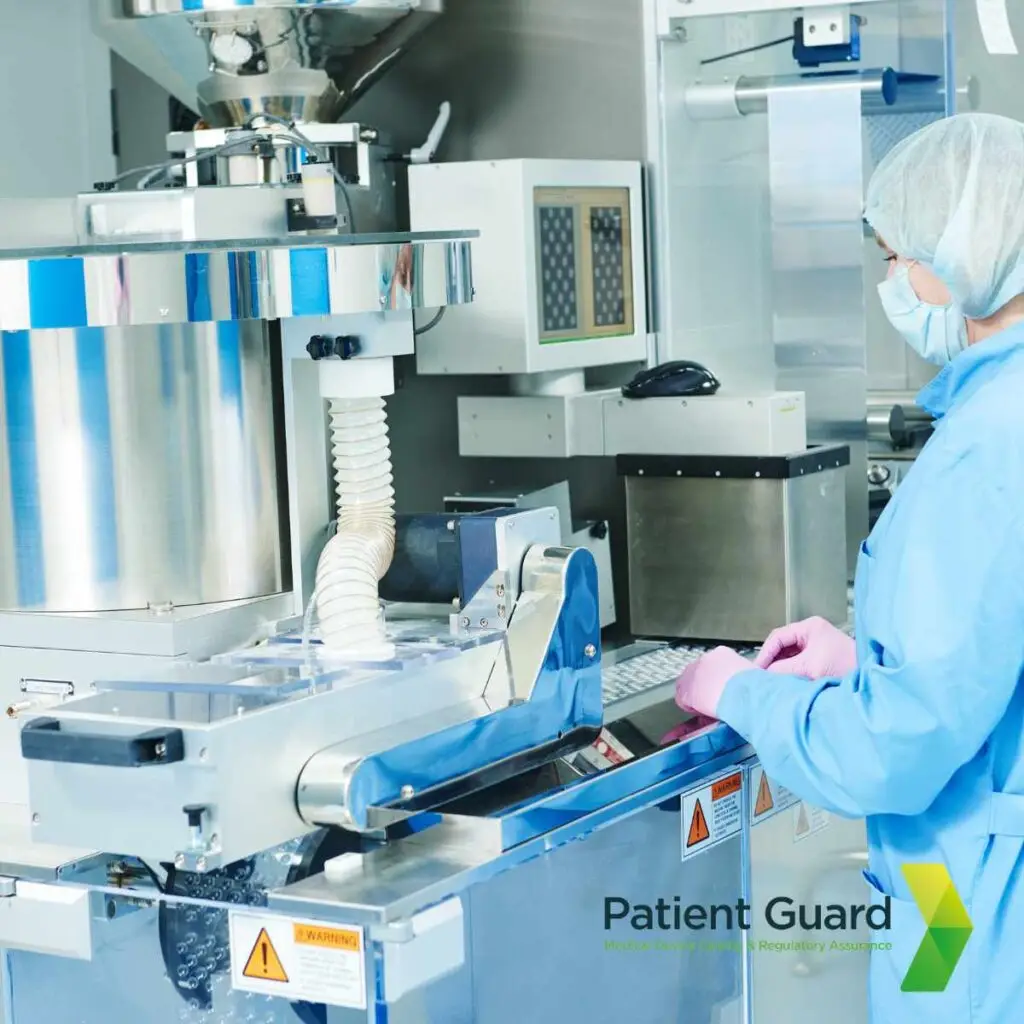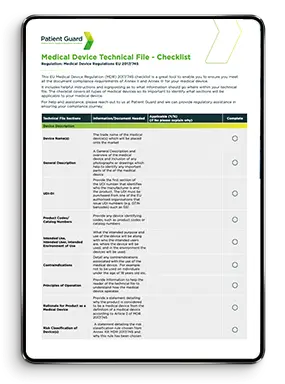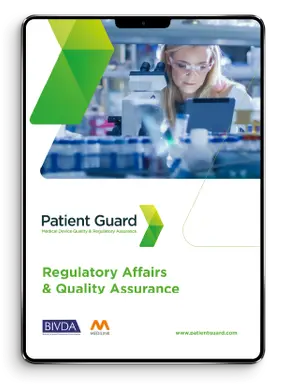IVDR for Beginners: A Comprehensive Guide for Newcomers
Navigating the complex world of in vitro diagnostic regulations can be daunting, especially for those new to the medical device industry. The In Vitro Diagnostic Regulation (IVDR), introduced by the European Union, is a critical framework that ensures the safety, performance, and quality of in vitro diagnostic (IVD) devices within the EU market. This beginner-friendly guide breaks down the essentials of IVDR, offering insights on its key components, classification rules, and practical steps for compliance.
IVDR for Beginners: A Comprehensive Guide for Newcomers Read More »

